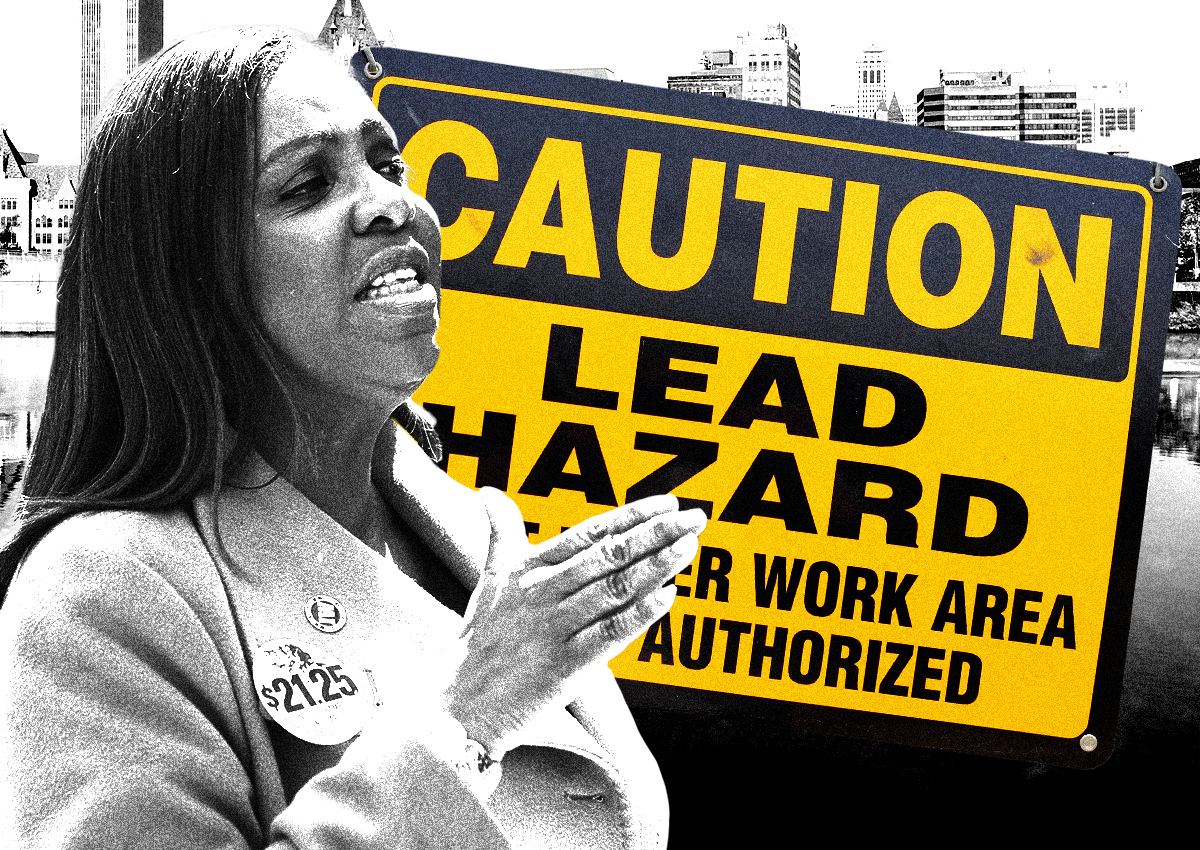
Syracuse landlord Todd L. Hobbs and his companies (TLH Holdings and TLH Properties) are being sued by New York State Attorney General Letitia James for allegedly repeatedly violating lead safety laws at more than a dozen properties.
Since 2016, Hobbs’ company has violated lead safety laws 413 times at 19 different properties, according to the press release. At least 11 children were poisoned with lead while living at the properties, the lawsuit said.
The lawsuit accuses Hobbs of consistently violating city, county, state and federal laws by neglecting to address lead paint hazards and failing to comply with regulations for safe lead paint repairs and risk communication with tenants. Despite multiple citations for lead paint violations, Hobbs has failed to take appropriate action on his rental properties.
The legal action seeks thousands of dollars in restitution for affected families and restitution of ill-gotten gains, including rent received by Hobbs. In addition, officials have called for an order to stop what Hobbs called harmful housing practices.
The lawsuit also seeks an order requiring Hobbs to regularly inspect each rental unit for lead hazards, promptly and safely remediate any lead exposure risks, and provide tenants with accurate and lawful lead disclosures.
James said no parent should worry about the safety of their children in their own home. She emphasized that children of color and their families are disproportionately affected by lead paint exposure, and vowed to hold landlords who violate lead safety laws to protect the well-being of all children.
Lead is a highly toxic metal that can cause serious and irreversible health problems, especially in children in the early stages of development.
Syracuse faces an ongoing lead problem, with 81 percent of the city’s homes built before New York banned lead paint in 1970. Children of color, especially those in Syracuse, were disproportionately affected by lead poisoning.
In 2022, 510 children in Onondaga County, 90 percent of whom lived in Syracuse, had elevated blood lead levels, the release said. Black children were affected more than 11 percent of the time, compared with just 2 percent of white children, suggesting a significant racial disparity, the release said.







